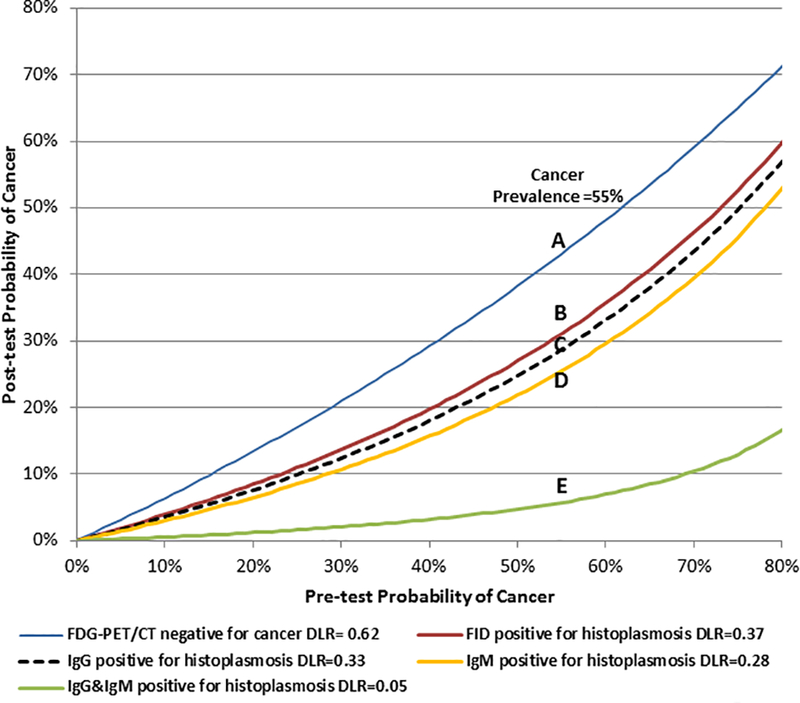Figure 2: Tissue acquisition test-treatment decision diagram.

Lines are the calculated diagnostic likelihood ratios (DLR) for 18F-fluorodeoxyglucose-positron emission tomography (FDG-PET/CT) (A), Immunodiffusion (FID) (B), EIA IgG (C), EIA IgM (D) and combined EIA IgG and IgM serologies (E). The prevalence of cancer in the study was 55% with post-test probabilities estimated at those points. To determine the impact of fungal testing to rule out cancer and provide a comparison to FDG-PET scans, a positive histoplasmosis test was considered a negative test for cancer. Example: In a patient with a 55% pre-FDG-PET/CT probability of cancer, a negative FDG-PET scan gives a 43% post-test probability of cancer in our population (Point A). A serology test positive for only IgG antibodies (Point C) decreases the probability of cancer from 55% to 29%, a 26% point reduction in cancer risk. A positive serology for both IgG and IgM antibodies yields a 6% post-test probability of cancer (Point E). In this example using our data, a non-avid FDG-PET result does not change recommendation for resection. However, an enzyme immunoassay positive for both IgG and IgM antibodies would decrease even a 70% pre-test probability of cancer to 11% and to a surveillance strategy.
